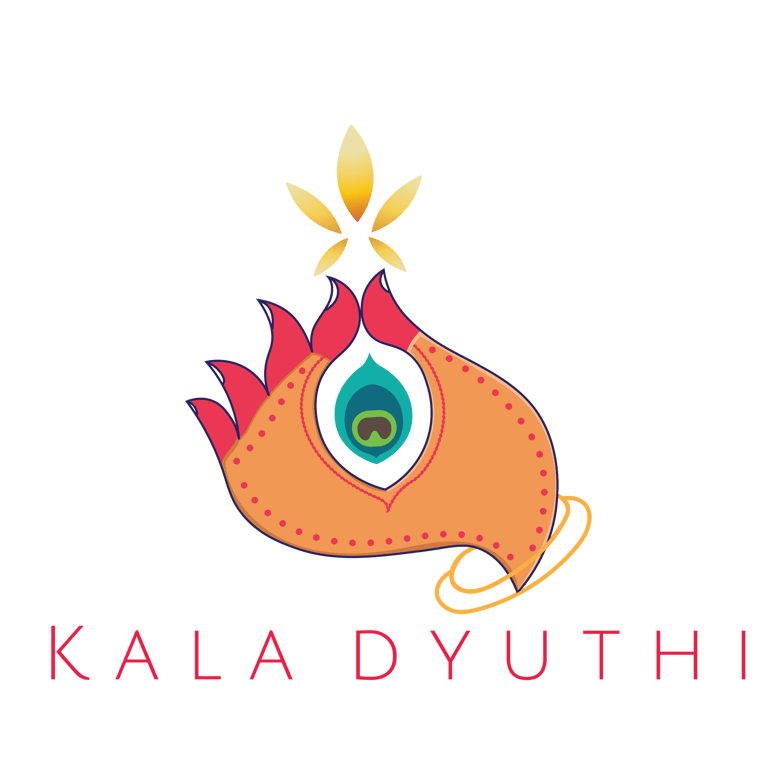
Frequently Asked Questions
What is Bharatanatyam?
Bharatanatyam is an Indian Classical dance form that originated in South India. It derives its roots and authenticity from sacred Indian texts and treatises written around the 2nd century BCE. The dance form has transformed over centuries as it was performed in temples, to royal courts, and then made its way to public platforms. The propagation of the art form in different regions of South India gave rise to different styles or Banis of Bharatanatyam such as Kalakshetra, Vazhuvoor, Pandanallur, Thanjavur, Mysore and Melatthur. The framework of all these styles are the same, but the differ in movement and technique.
In Bharatanatyam, steps are called Adavus and these act as the foundation. The Margam or the repertoire in Bharatanatyam includes dance pieces or compositions which are built on the Adavus using the system of music and rythm. Furthermore, Bharatanatyam has 3 components; Nritta or pure dance, Nritya or narrative dance, and Natya or drama including Nritta and Nritya.
How long does it take to learn Adavus?
A solid understanding of the human body is necessary to ensure the Adavus and their importance are registered. The duration may vary depending on the student's age, pace of learning, understanding of rhythm, and motor skills.
When can I start to perform on stage?
As much as it is exciting to perform on stage in front of an audience, it is equally important to prepare for it. This preparation involves learning the Adavus in the correct manner, confidence in showcasing the choreography, and constant practice. There is no fixed duration that one has to wait before dancing on the stage. The Guru will evaluate when the student is ready for it.
What should I wear to the class / session?
We don't have a uniform so that you can wear your choice of clothes to feel more comfortable when dancing. However, a kurta (tunic top), leggings or a salwar kameez and a duppatta (shawl) is compulsory. Adults who wish to come in a dance practice saree are most welcome.
What age groups do we cater to?
A minimum age to start Bharatanatyam training is 6 years because most kids learn to become responsive and imitate actions at this age. They are also quite flexible and can train their body in a specific manner more easily than older people. There is no maximum age to start learning - it depends entirely on the student's body and mind.
What is the benefit of taking up dance exams?
The concept of dance exams is new to Australian audiences, especially for an Indian Classical dance form like Bharatanatyam. The Bharatanatyam exams are certified exams held by BAAVA (Bharatanatyam Acharya Association of Victoria Australia). These exams give students the confidence to present in front of learned and experienced professionals and stalwarts. Exams can motivate students to continue their learning and development, and cultivate a habit of understanding and applying what is taught in class.
